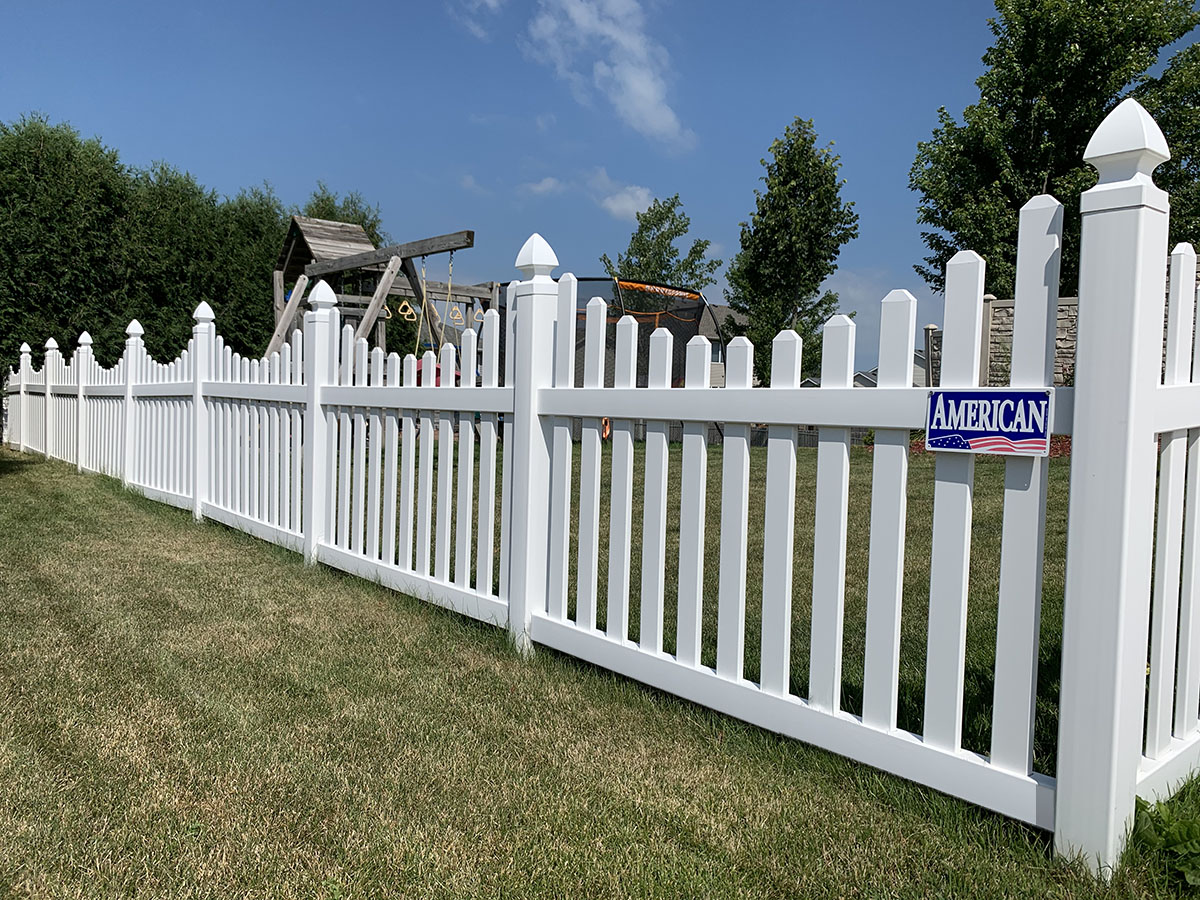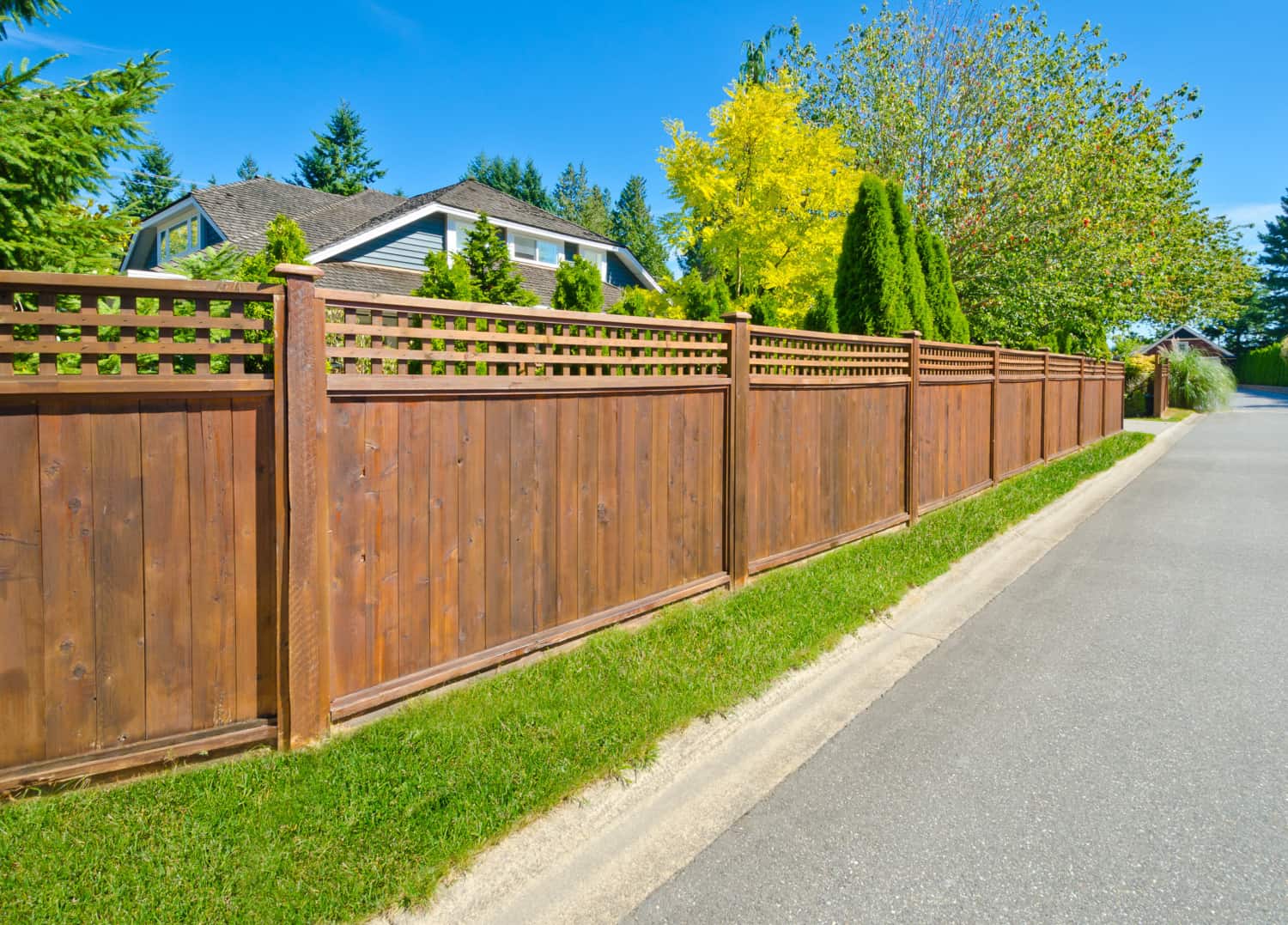All Categories
Featured

As sustainability ends up being an expanding top priority for home owners and organizations, the demand for environmentally friendly building products expands to exterior spaces, consisting of fencings. Typical secure fencing materials such as steel, timber, and plastic can have substantial environmental effects, from deforestation to chemical treatments and plastic waste.
- Bamboo Fencing. Bamboo is one of one of the most sustainable products on the market, and it is significantly used in fencing building as a result of its fast development and strength. Unlike wood trees, bamboo is a yard that can expand back totally within simply a few years, making it extremely renewable. It's normally resistant to bugs and rot, which implies it doesn't call for severe chemicals or treatments, making it an environmentally friendly choice.

Conveniences: Bamboo fencings are durable, low-maintenance, and biodegradable. They are naturally immune to termites and dampness, reducing the requirement for chemical preservatives. In addition, bamboo helps in reducing dirt disintegration because of its deep root systems. Factors to consider: Bamboo can be a lot more costly than some typical timber fence alternatives, and it might not appropriate for locations with severe chilly or freezing temperatures, as it can become fragile gradually. 2. Recycled Materials Secure Fencing. Lots of manufacturers now provide fences made from post-consumer plastic, recycled wood, or even repurposed metal. Several composite materials, for example, are made from recycled plastic bottles, wood scraps, and other materials that would certainly or else be disposed of.
Benefits: Recycled material fencings help preserve natural sources, decrease air pollution, and reduced the ecological influence of the manufacturing procedure. They can likewise offer outstanding longevity, resisting degeneration, mold, and termites. Factors to consider: While recycled product fences are extremely durable and green, they may not have the same all-natural visual that some home owners seek. However, suppliers now provide designs that mimic the look of wood or stone. 3. Composite Fencing. Composite secure fencing is made from a blend of timber fibers and plastic, usually integrating recycled products. This mix develops a highly sturdy, low-maintenance fence that does not need regular painting or discoloration, making it a sustainable alternative. Composite fences are immune to rot, pests, and weathering, which indicates they can last for several years without the requirement for constant replacements.

Conveniences: Compound fences are long-lasting and can endure severe climate conditions, lowering the demand for replacements or repair work. Considering that composite products commonly include recycled web content, they help in reducing plastic waste. In addition, they do not need dangerous chemicals or therapies. Factors to consider: Compound fences can have a greater upfront price than traditional wood or plastic, though their toughness and reduced maintenance expenses usually make them an extra cost-efficient alternative in the future. 4. Living Fences. Living fencings, likewise called hedges, are a green and aesthetically pleasing option that entails planting thick bushes, trees, or climbing up plants along your home line to produce an all-natural barrier. Popular plants for living fences include boxwood, privet, and holly. These plants can be grown to offer personal privacy, windbreaks, and sound decrease while adding to environmental wellness.
Benefits: Living fencings promote biodiversity, enhance air high quality, and absorb carbon dioxide, making them among one of the most eco-friendly fence choices. They additionally provide an all-natural habitat for birds and bugs and can lower environmental pollution and aid regulate temperature levels in your yard. Factors to consider: Living fences call for routine maintenance, such as cutting, watering, and occasionally pest control. They also take time to establish and might not provide instant personal privacy compared to strong wood or plastic fences. 5. Cedar and Redwood Secure Fencing. Cedar and redwood are prominent natural timber options for fencings. These products are durable and normally resistant to rot, insects, and dampness, which indicates they normally do not need making use of unsafe chemical therapies. When sourced from sustainably managed forests, cedar and redwood fences can be an eco-friendly selection that supplies both elegance and longevity.
Conveniences: These timbers are naturally degradable, sustainable, and offer exceptional resilience and all-natural elegance. Cedar and redwood also have a reduced environmental influence when collected sensibly, making them a green selection for many homeowners. Considerations: While cedar and redwood fencings have ecological benefits, they do still call for periodic upkeep and are much more costly than various other timber options. It's crucial to make sure that the timber is sourced from lasting woodlands to optimize its ecological benefits. 6. Rock and Block Fencing (Reclaimed) Stone and block fencings are low-maintenance and exceptionally durable, and they can be environmentally friendly when made from redeemed products. Redeemed stone and block are typically salvaged from old structures or building jobs, decreasing waste and conserving natural sources. These products use an ageless appearance and are very immune to weathering, making them a resilient solution for fence.
Conveniences: Redeemed stone and block are resilient, visually pleasing, and require marginal maintenance. By repurposing these products, you help in reducing the need for new sources and decrease waste in garbage dumps. Factors to consider: The installment of rock and brick fencings can be labor-intensive and extra costly compared to other materials, but their durability and reduced upkeep needs can make them cost-efficient in the long run. Conclusion. Environmentally friendly fencing choices are not only great for the atmosphere but additionally offer longevity, reduced maintenance, and aesthetic allure. Whether you choose for bamboo, recycled products, composite secure fencing, living fencings, or sustainable timber like cedar and redwood, there are many ways to lower your ecological footprint while boosting your residential or commercial property's look. By choosing these eco-conscious products, you can contribute to a much healthier world and develop an outdoor area that mirrors your values.
Latest Posts
Learn About Leading Vehicle Maintenance Services at Montclare Auto Repair – Quality Service Today
Published en
1 min read
Why Chicago Drivers Trust Montclare Auto Repair for Reliable Service and Significant Savings
Published en
1 min read
Check Out Affordable Auto Repairs with Montclare’s Exclusive Service Specials
Published en
1 min read
More
Latest Posts
Learn About Leading Vehicle Maintenance Services at Montclare Auto Repair – Quality Service Today
Published May 31, 25
1 min read
Why Chicago Drivers Trust Montclare Auto Repair for Reliable Service and Significant Savings
Published May 26, 25
1 min read
Check Out Affordable Auto Repairs with Montclare’s Exclusive Service Specials
Published May 25, 25
1 min read